Dynamic digital content for primary schools
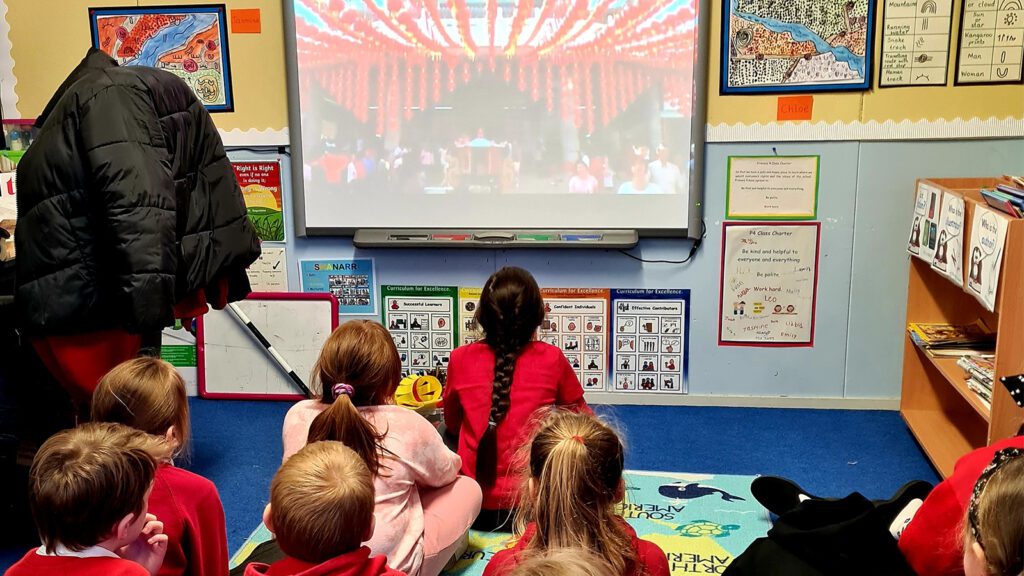
Alehousewells Primary School in Kemnay uses Discovery Education Espresso to support teaching and learning in every year group. Teacher Jenny Alexander shares how the platform’s dynamic digital content engages pupils and helps them to progress in subjects such as Phonics and Maths.
Bringing literacy to life with Discovery Education Espresso
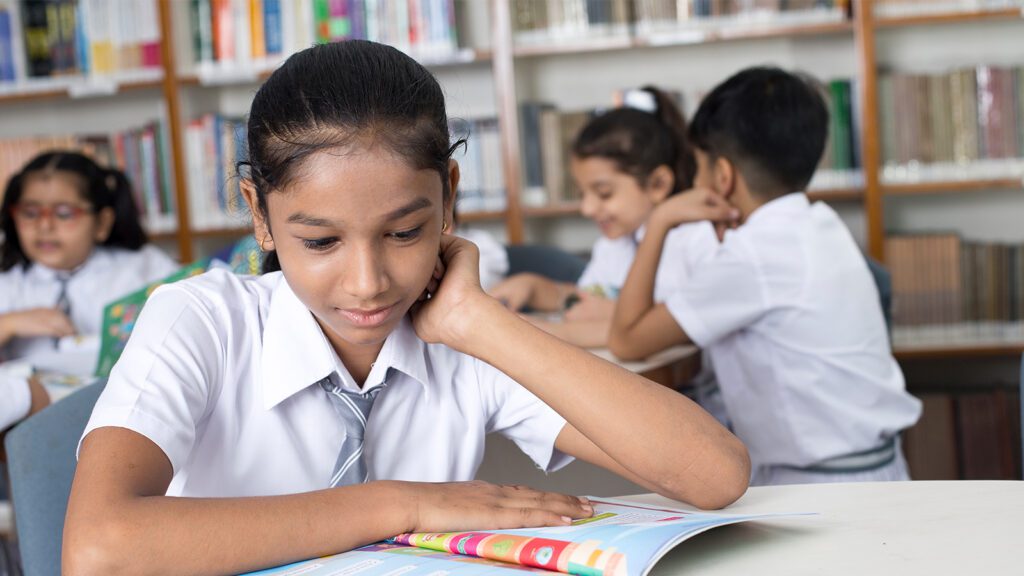
The King Fahad Academy in London uses Discovery Education Espresso to support teaching and learning from Early Years to KS2. English and Reading Coordinator Haneen Al Jaaf shares how the platform’s real-world digital content engages pupils, saves teachers time and brings English lessons to life.
Discovery Education Espresso – A Diverse Resource for Schools
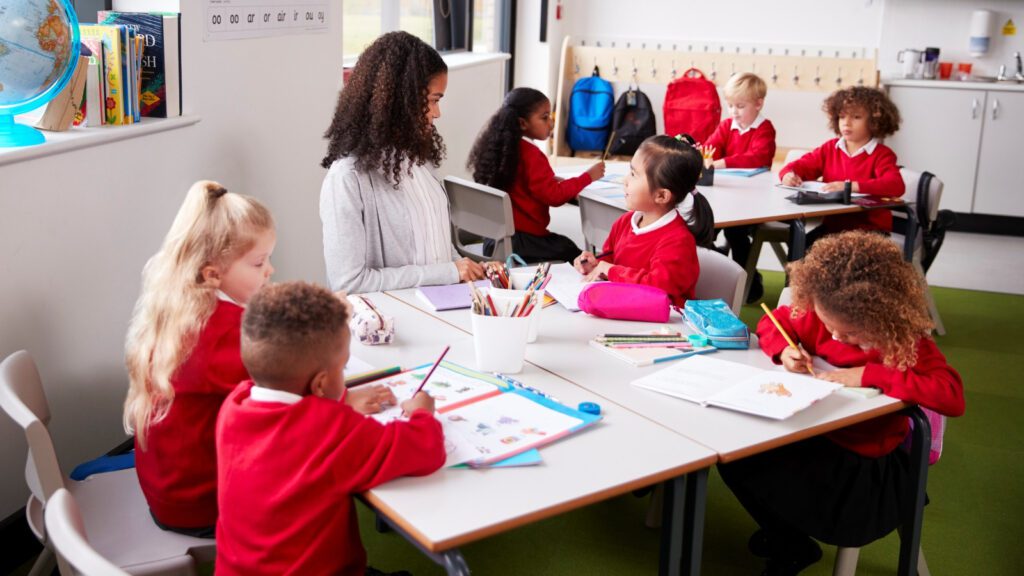
Eno Chance is a Reception teacher and Year Group Leader at Moss Hall Infant School in London. Between herself and the Year Reception teaching team (Maggie O’Keefe, Miki Kanai and Tonique Kerr) they have been Espresso users for over 10 years. They explain why the platform appeals to young learners and share how Espresso’s growing diverse content helps children to see themselves reflected.
Getting ready for digital careers with Discovery Education Coding
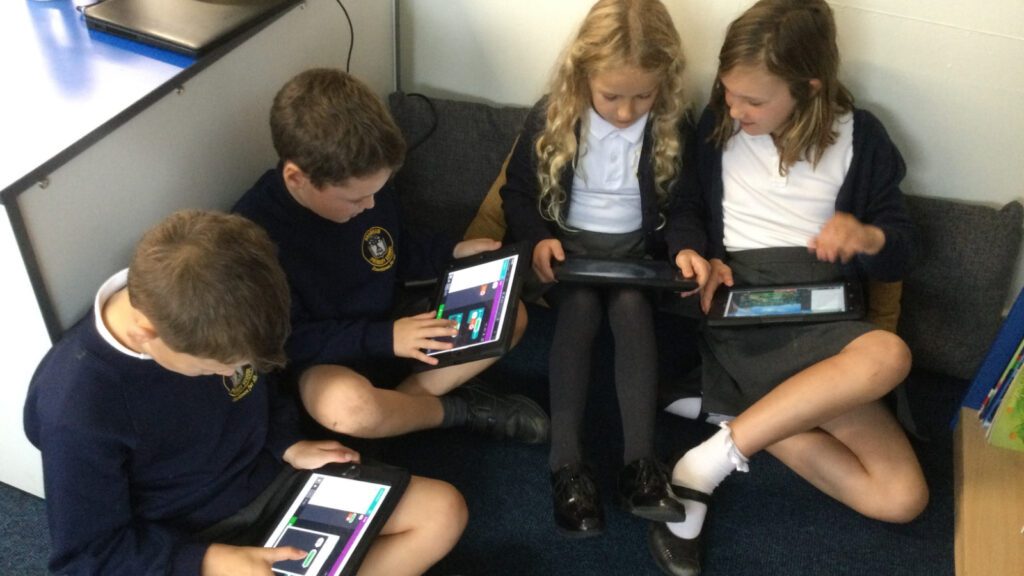
The Bramham and Shadwell Federation consists of two large primary schools, serving Wetherby and Shadwell in the city of Leeds. Computing Lead and Associate SENco Beth Ings explains how the programme brings coding to life while getting students ready for digital careers.
Building collaboration and problem solving skills
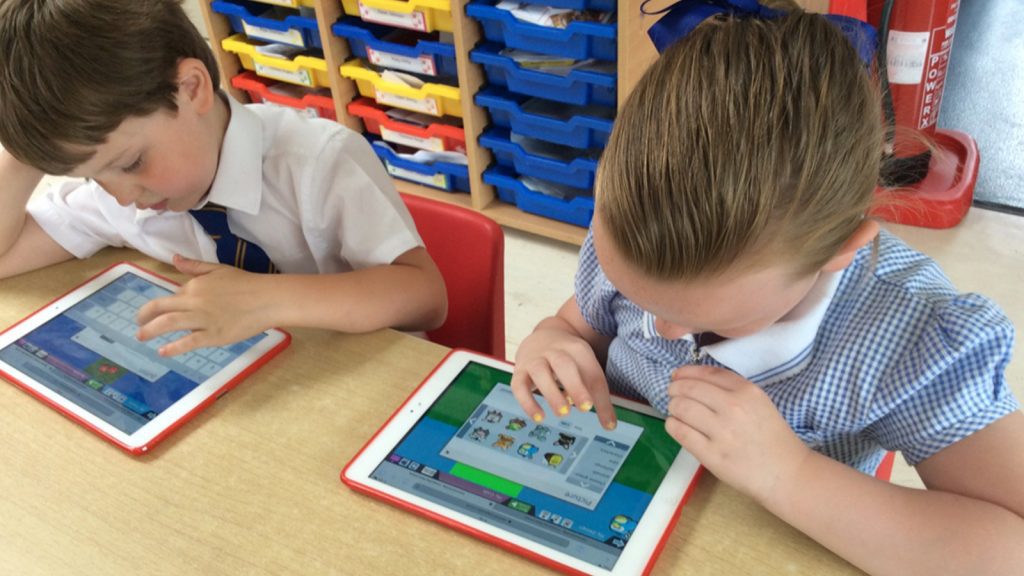
Simon Haughton, Computing Lead at Parkfield Primary School in Rochdale, shares his experience of teaching with Discovery Education Coding and explains how the all-in-one resource delivers clear pupil progress and value for money.
Discovery Education Espresso – An Engaging Digital Resource for Prep Schools

Having used Discovery Education Espresso throughout her teaching career, Charlotte explains why the platform is one of her go-to resources.
Discovery Education Espresso – A Dynamic Digital Resource for Bilingual Schools
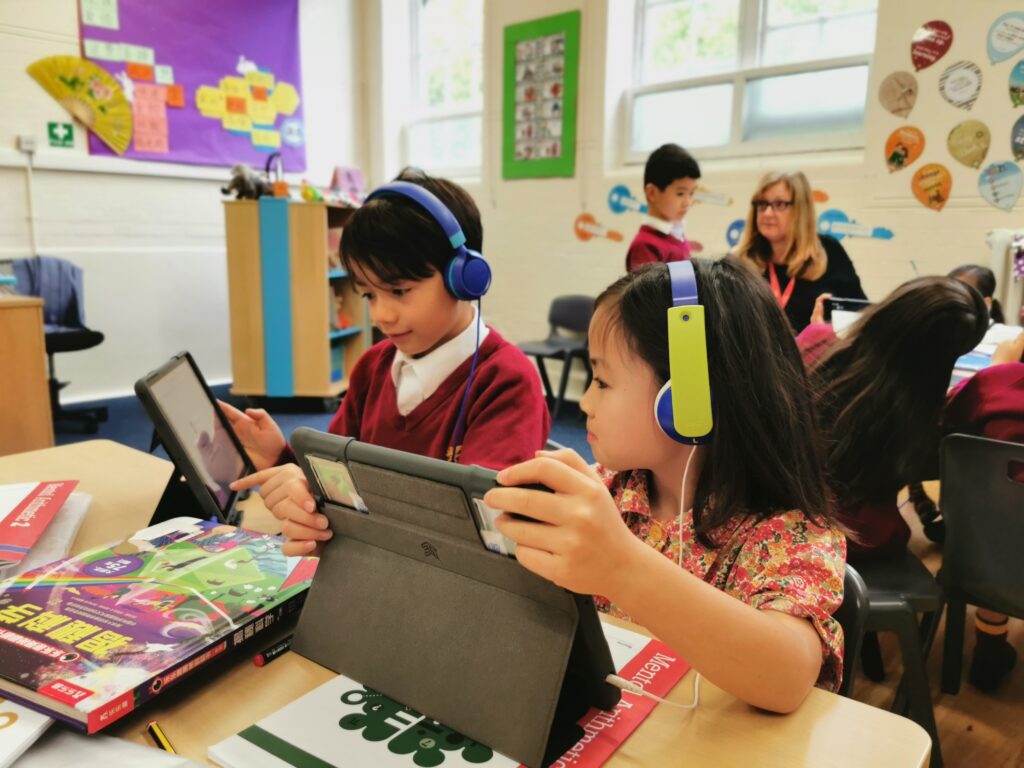
Having used Espresso throughout her teaching career, Suzanne explains how the platform supports bilingual learning while providing educators with an invaluable bank of curriculum-matched resources.
A complete RSHE curriculum for International Schools
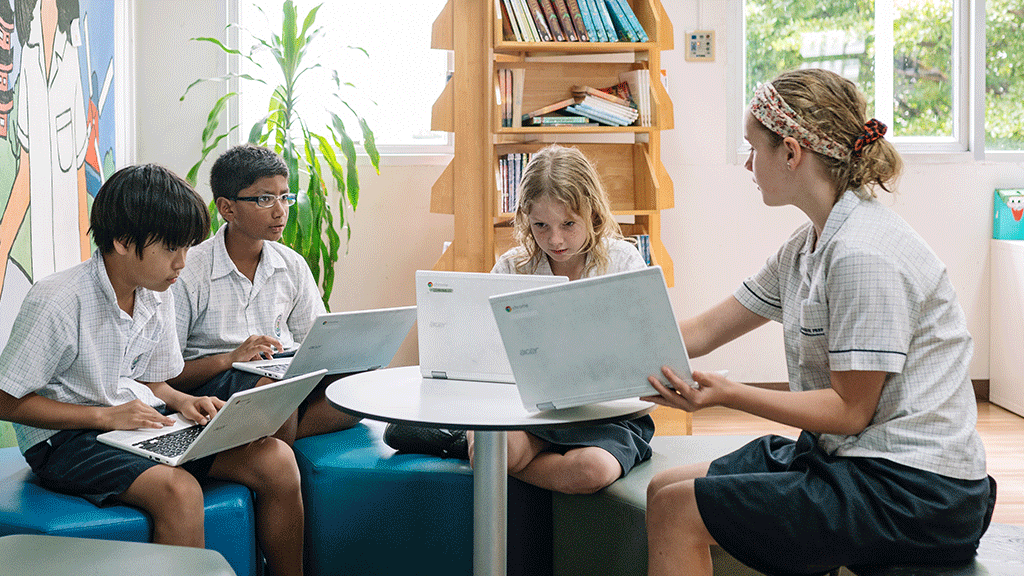
Welcoming students from over 49 different countries, Bangkok Prep is a well-established international school in Thailand. The school follows the Early Years Foundation Stage and English National Curriculum and uses Discovery Education Health and Relationships to support teaching of RSHE. Subject Leader of PSHE, Brona Soden, explains how the programme helps teachers to engage students, communicate with parents and deliver the new RSHE curriculum with confidence.
Our Go-To Resource for RSHE
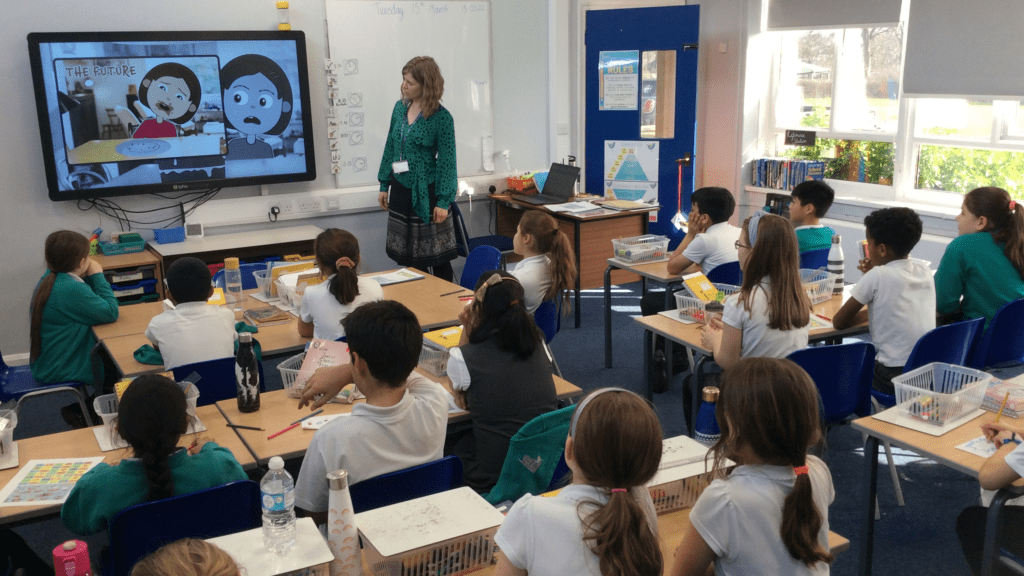
Sarah Anyan is a Year 4 teacher and PSHE Subject Leader at Iveson Primary School in Leeds. Sarah shares why Discovery Education Health and Relationships is her go-to-resource for RSHE and explains why it’s loved by pupils and teachers.
Webinar: Blended Learning Solutions – Maintaining the Continuity of Learning

This lively and engaging interactive session focuses on how digital tools and key pedagogical strategies can ensure teachers are able to respond to learning needs in flexible and responsive ways, in order to maintain ‘Continuity of Learning.’ We will explore the use of technology to support and develop 21st Century learning skills, in and out […]


